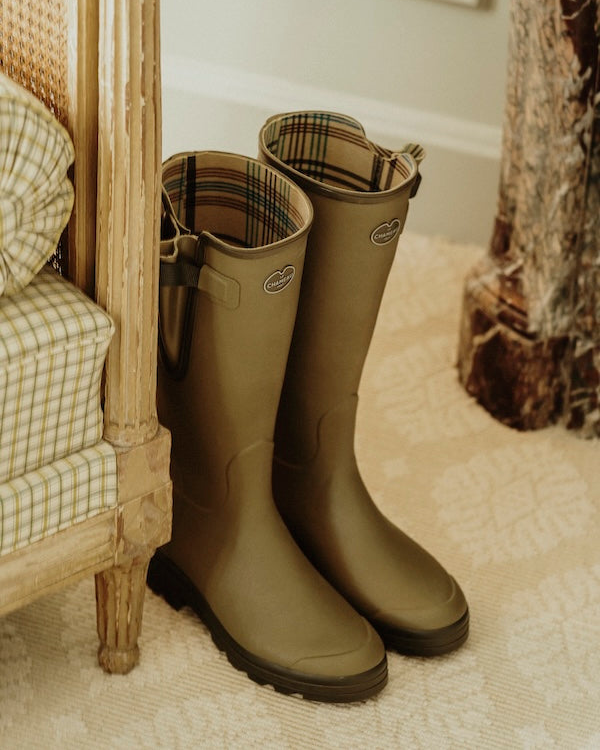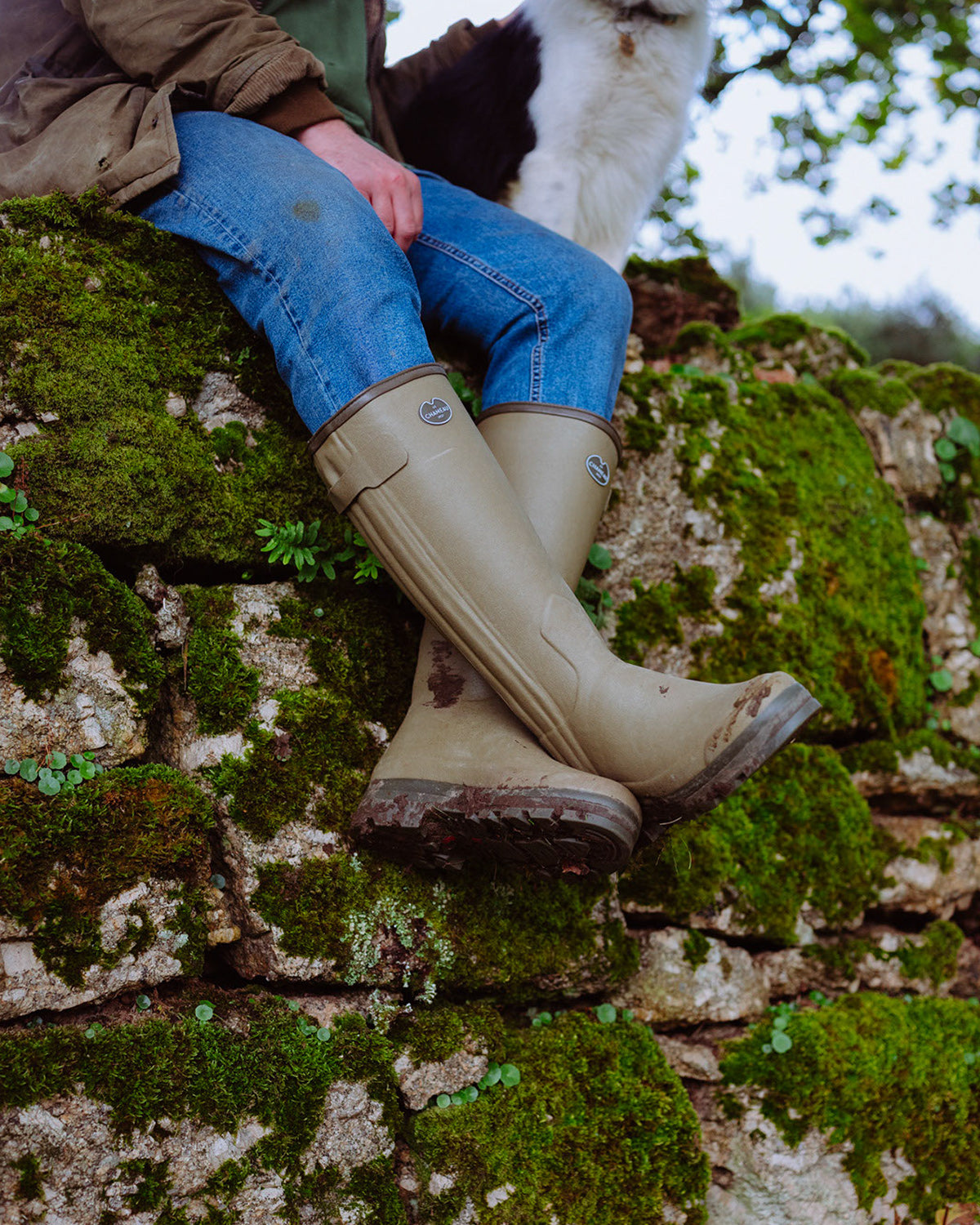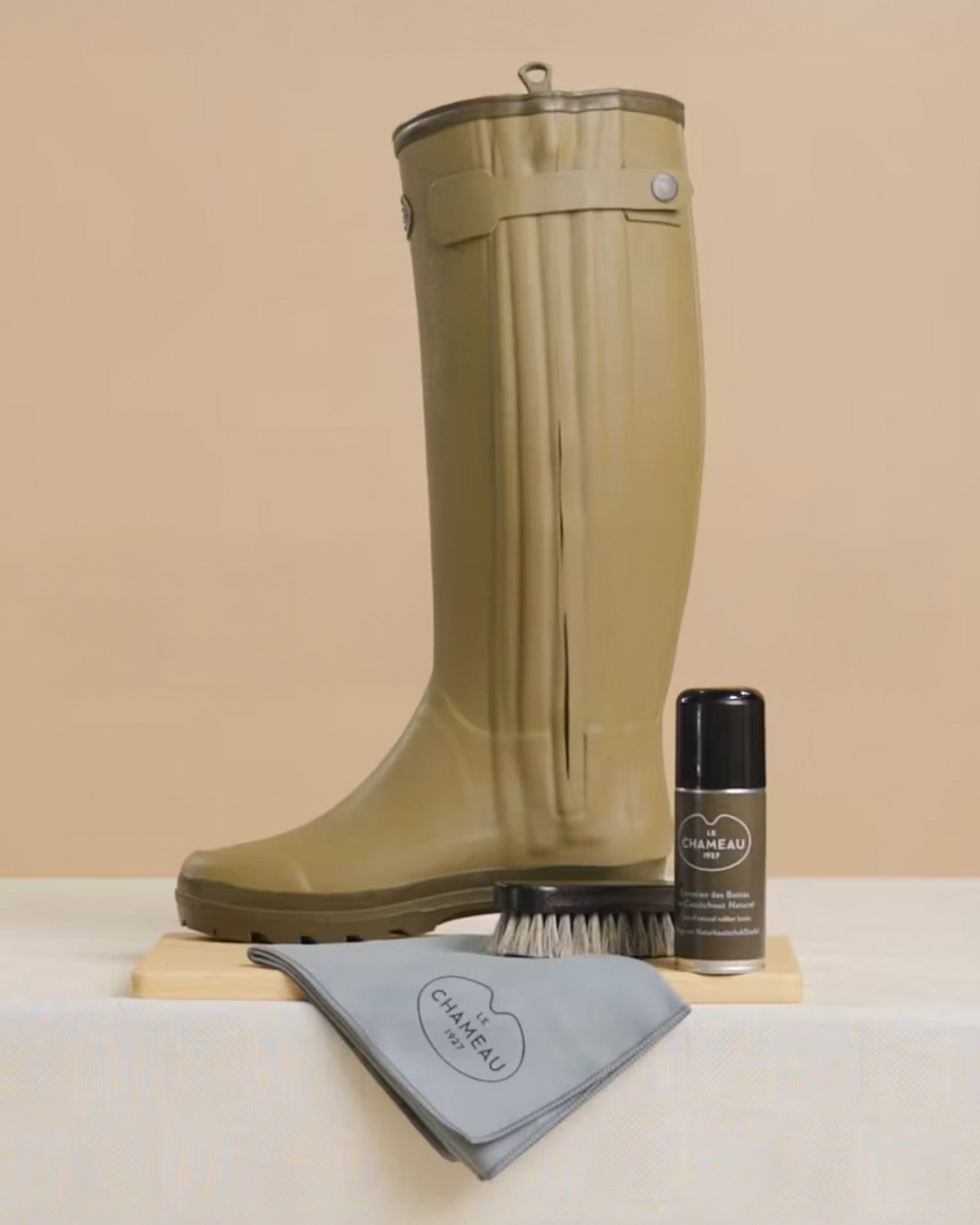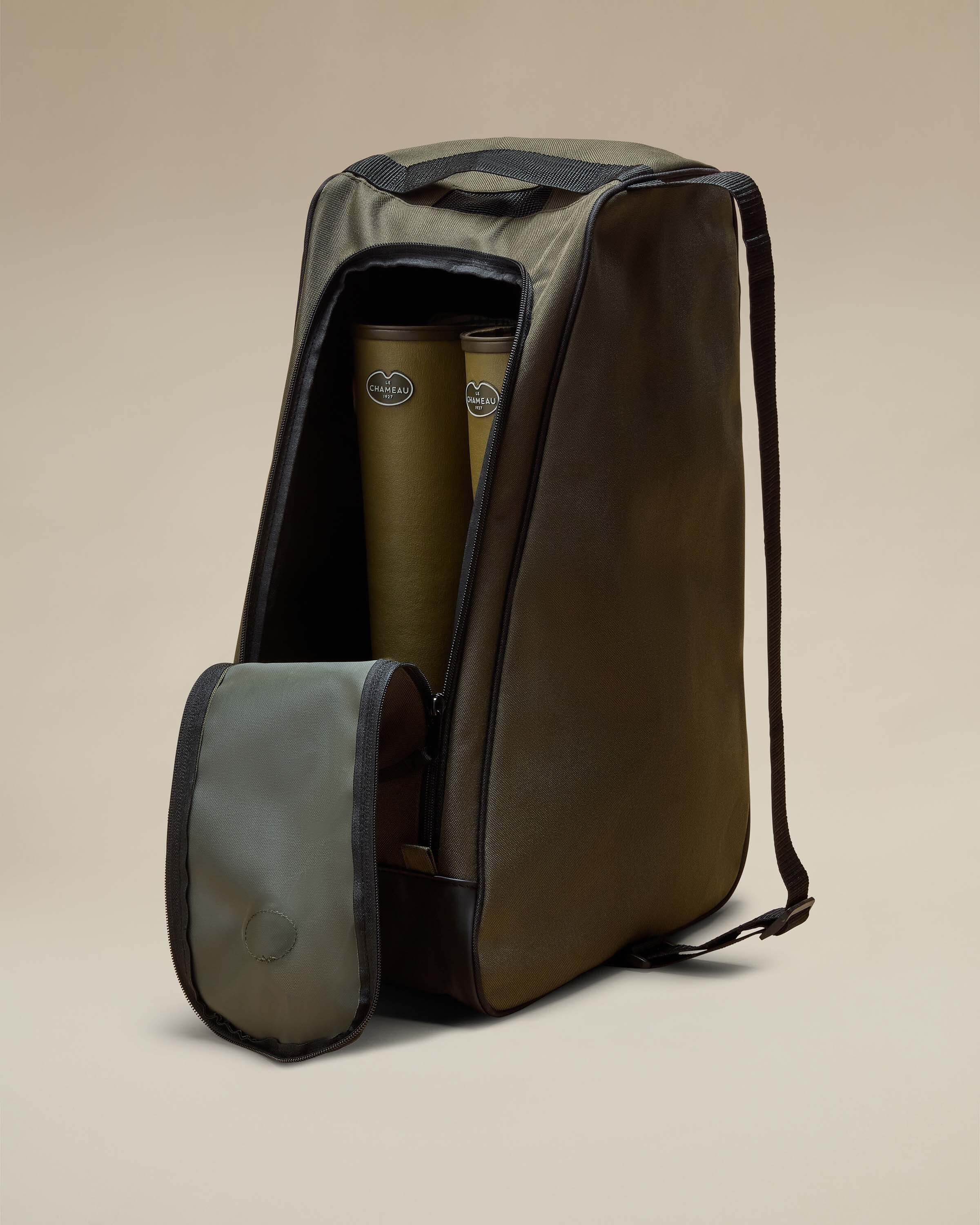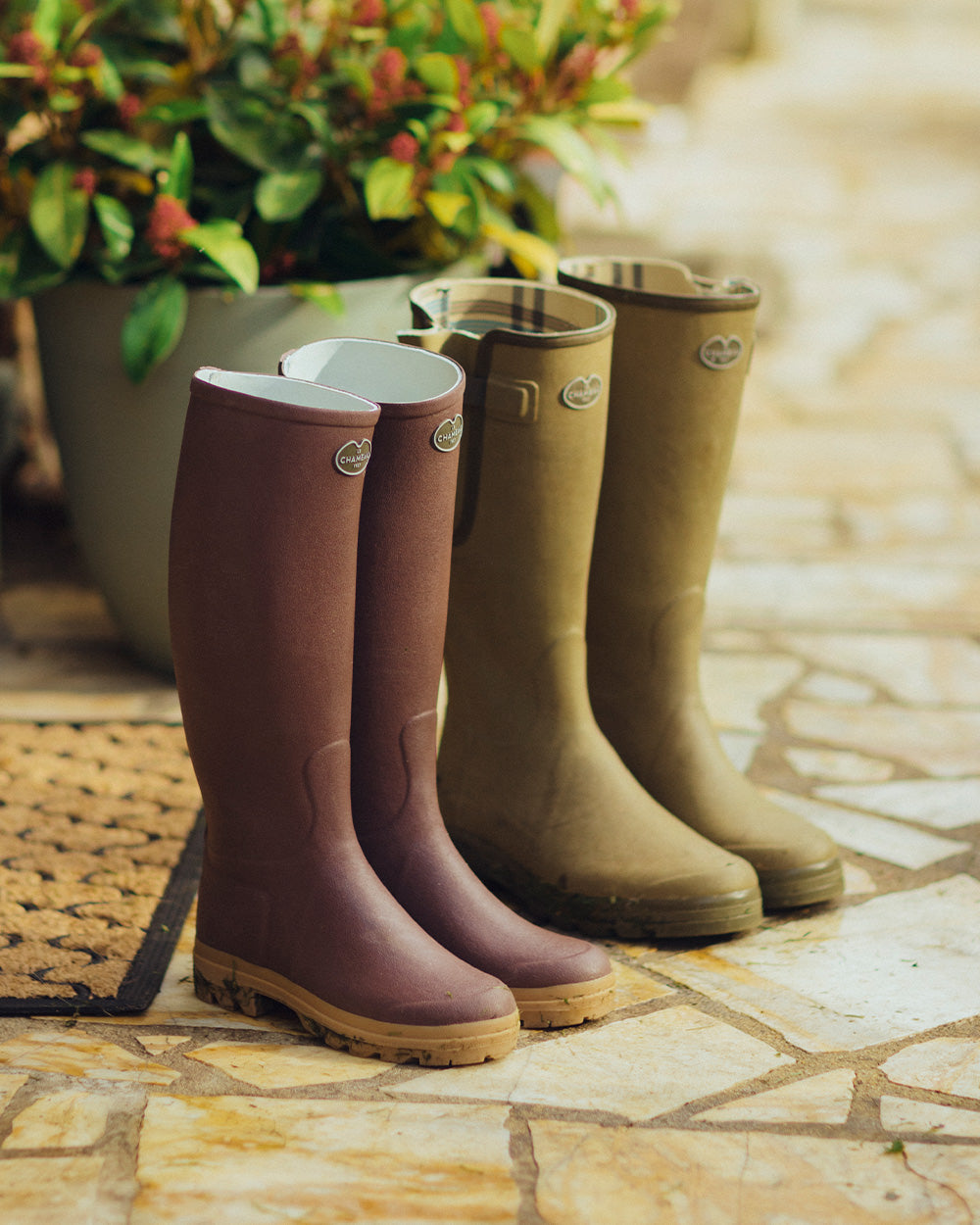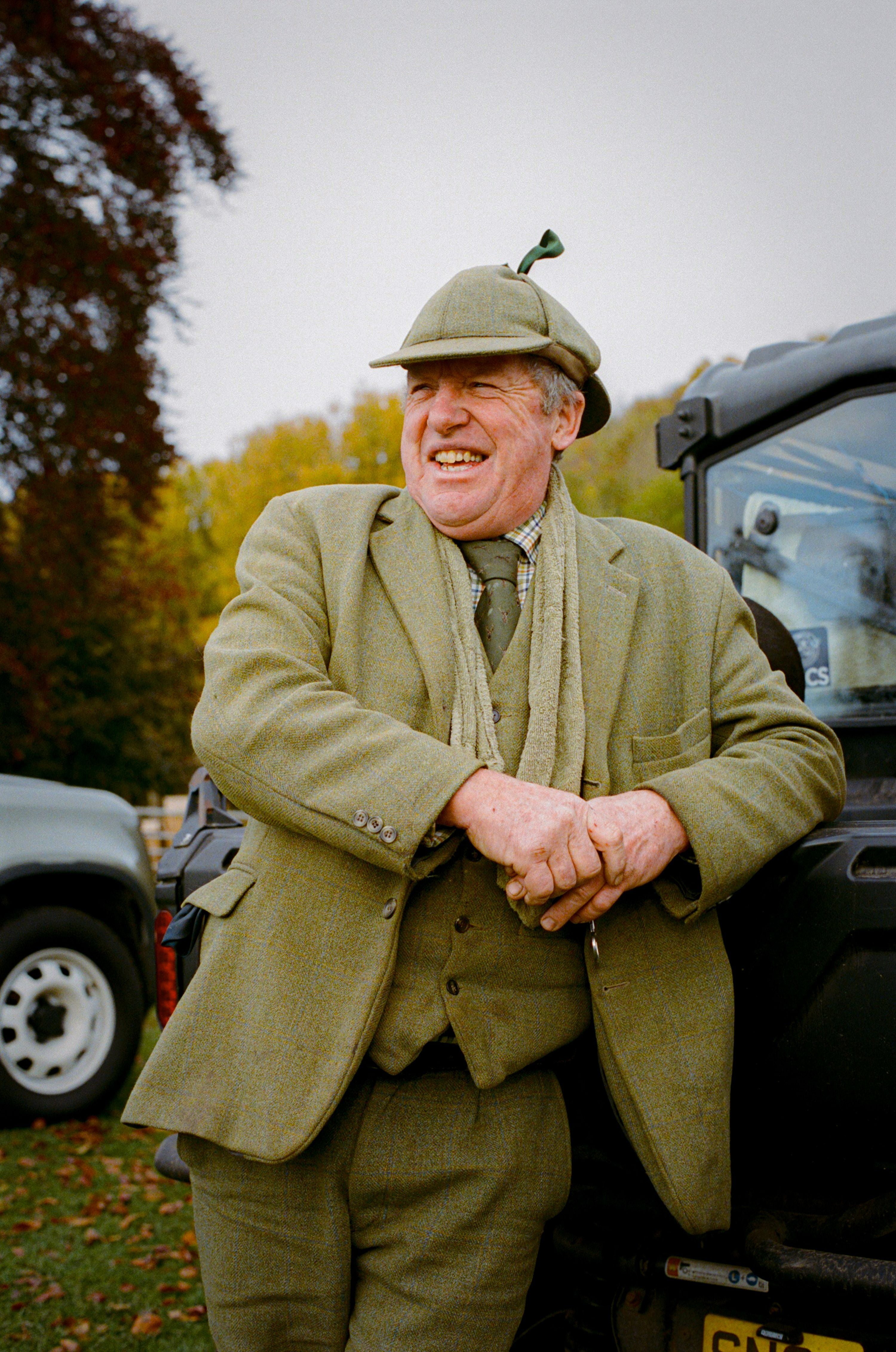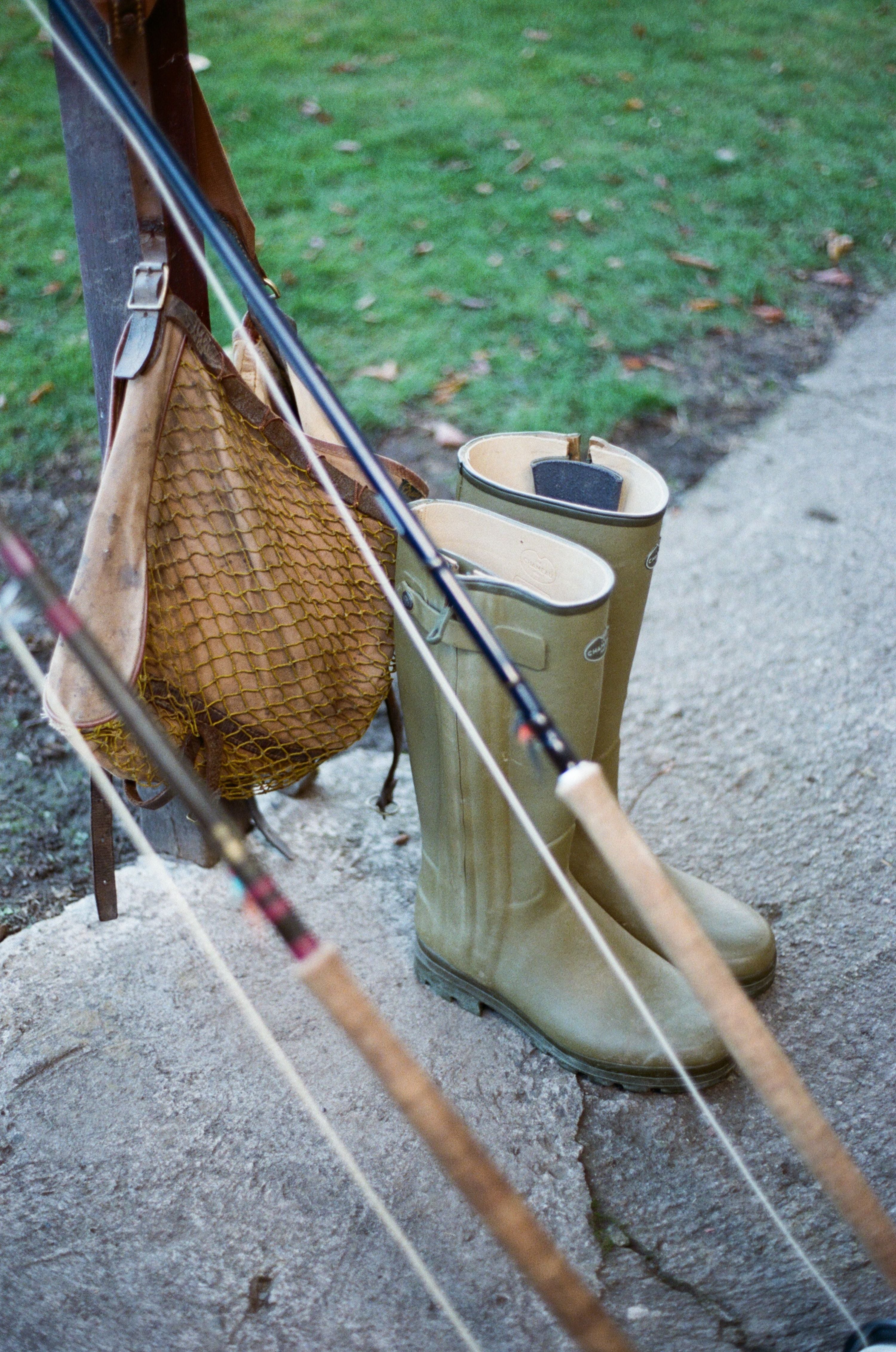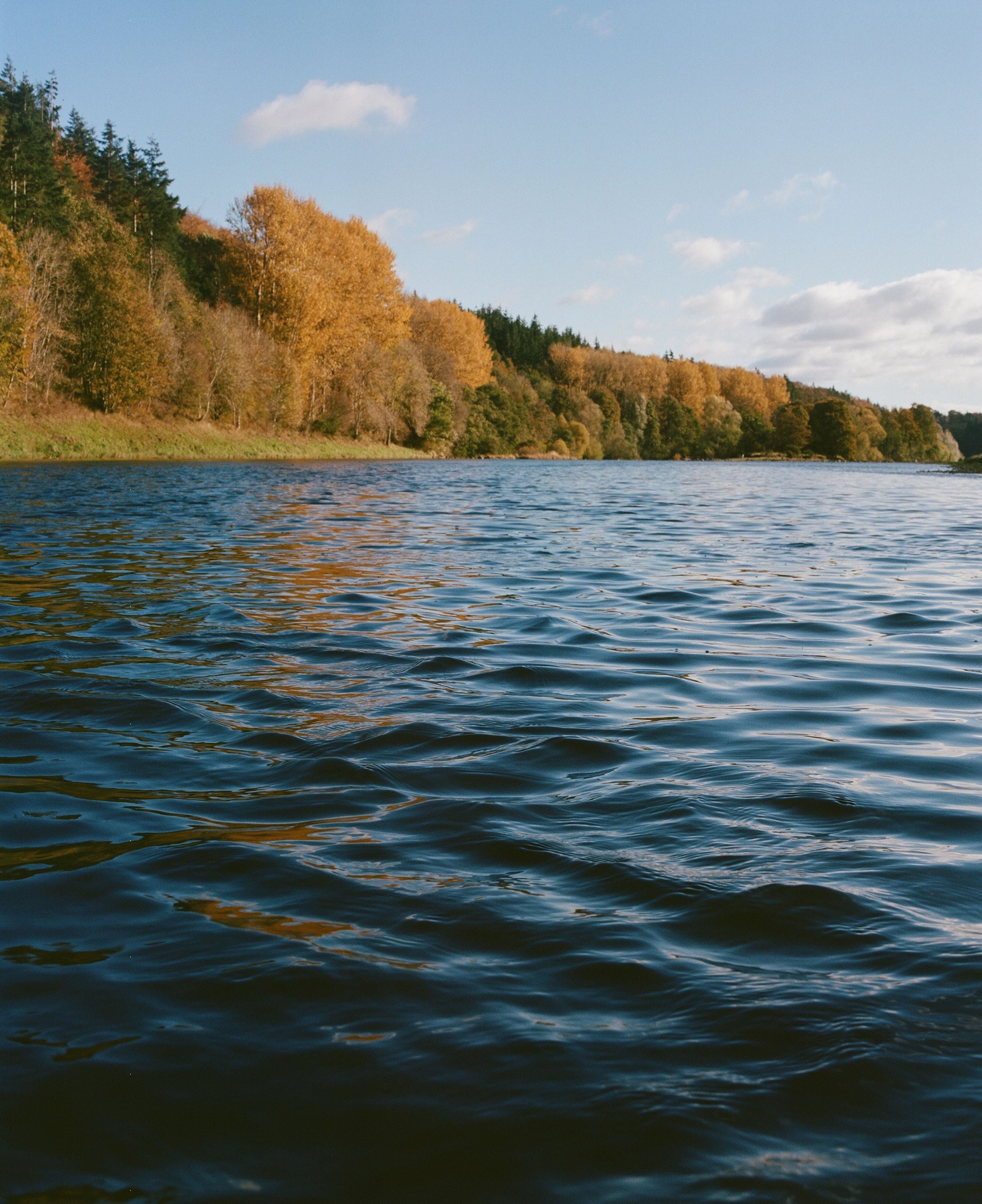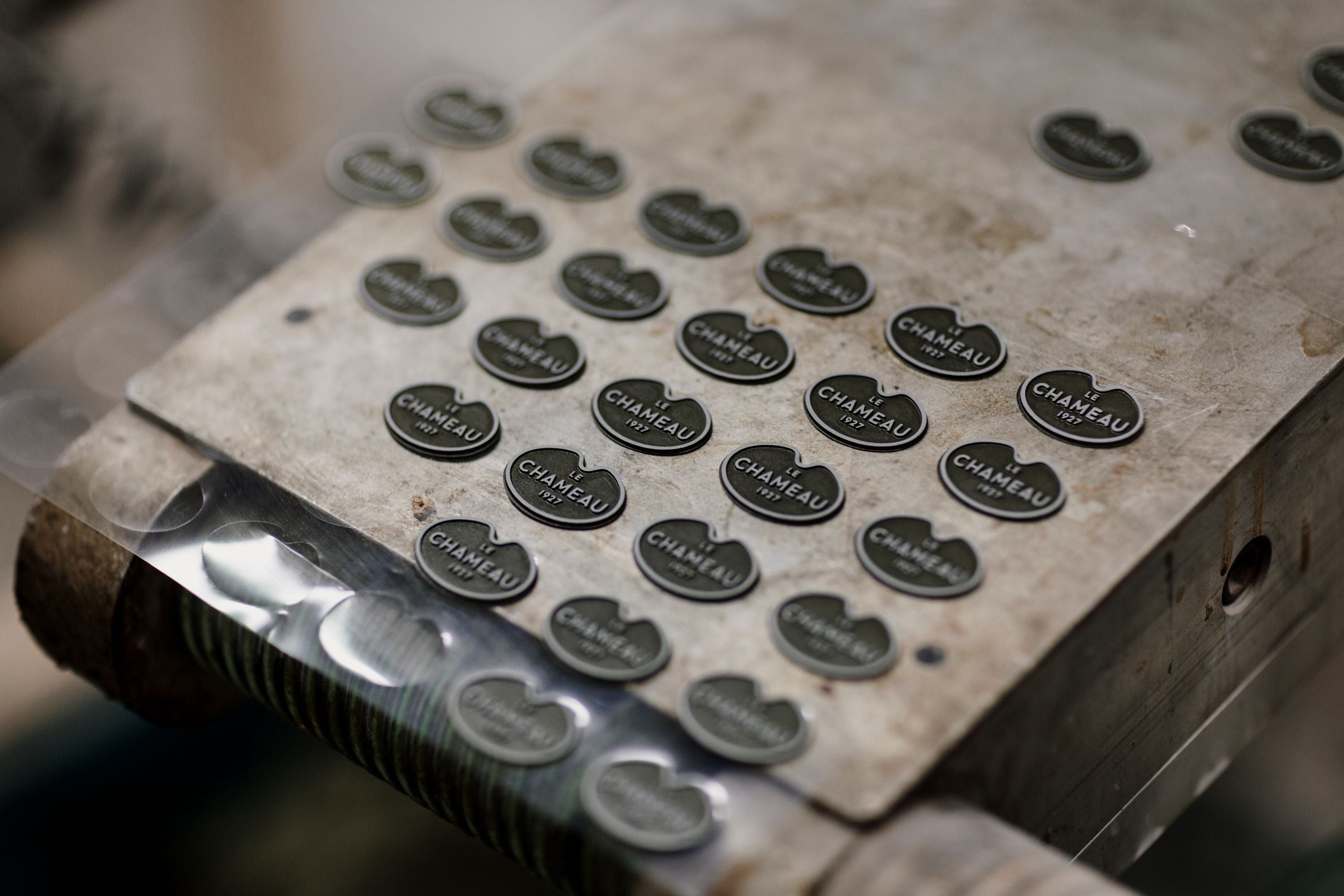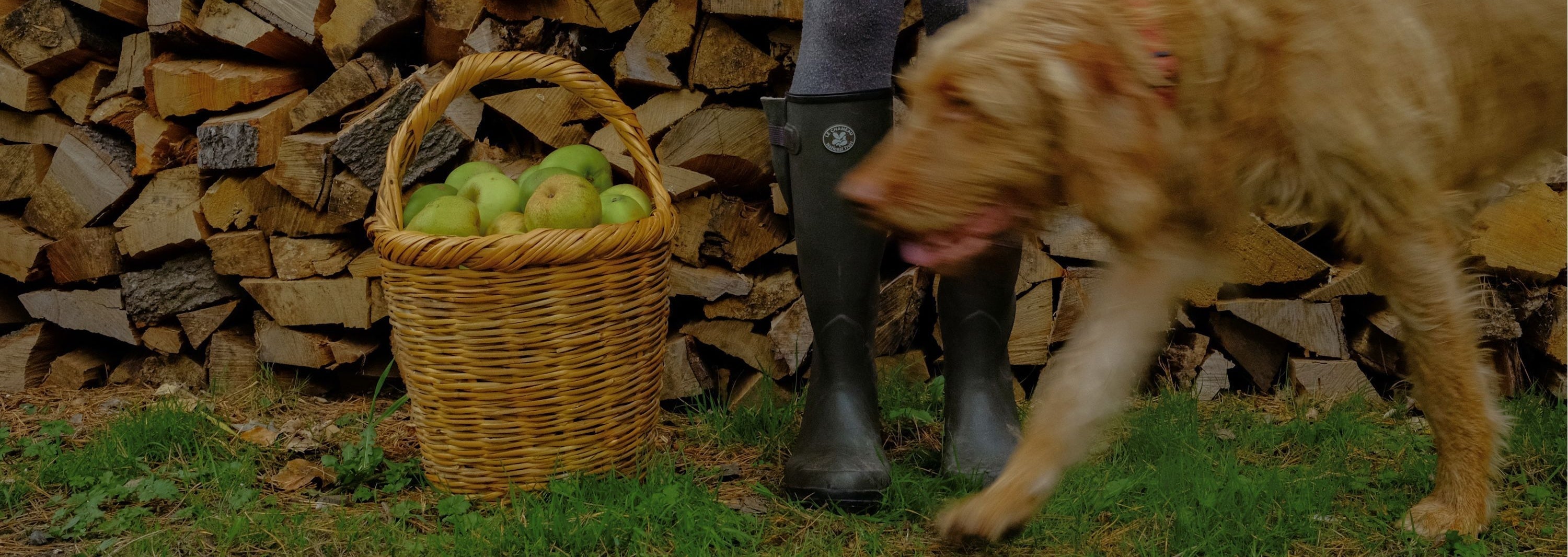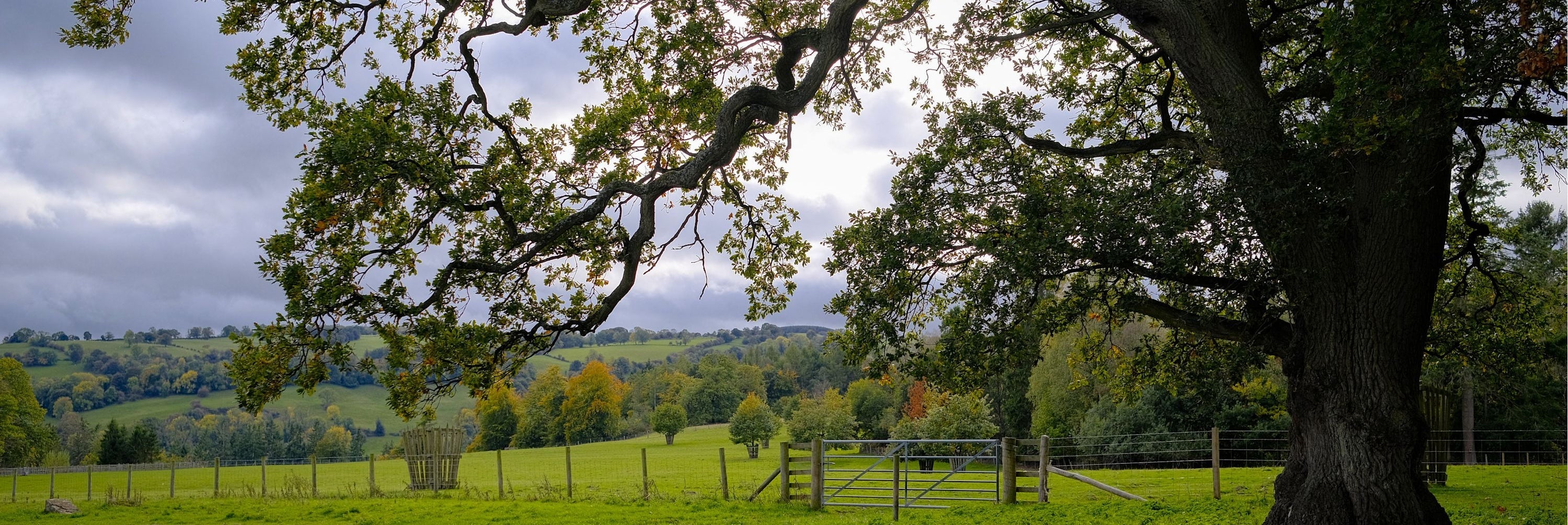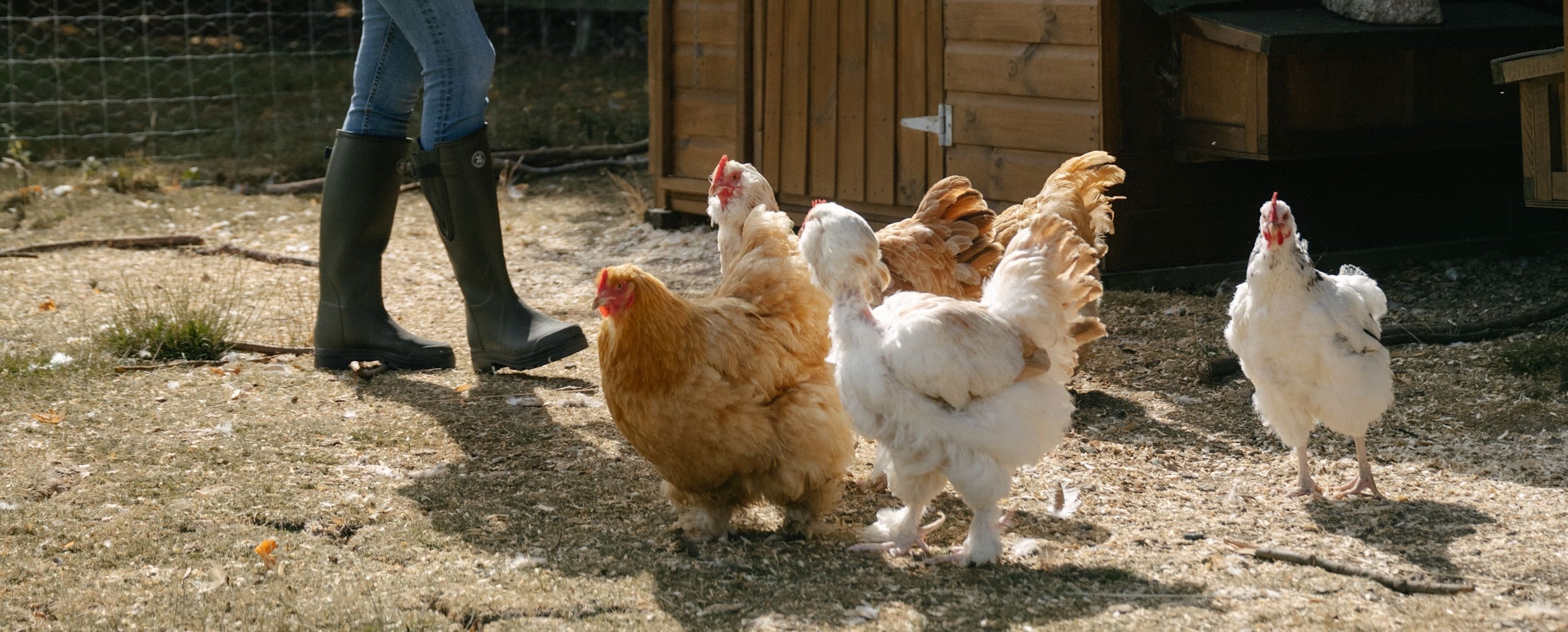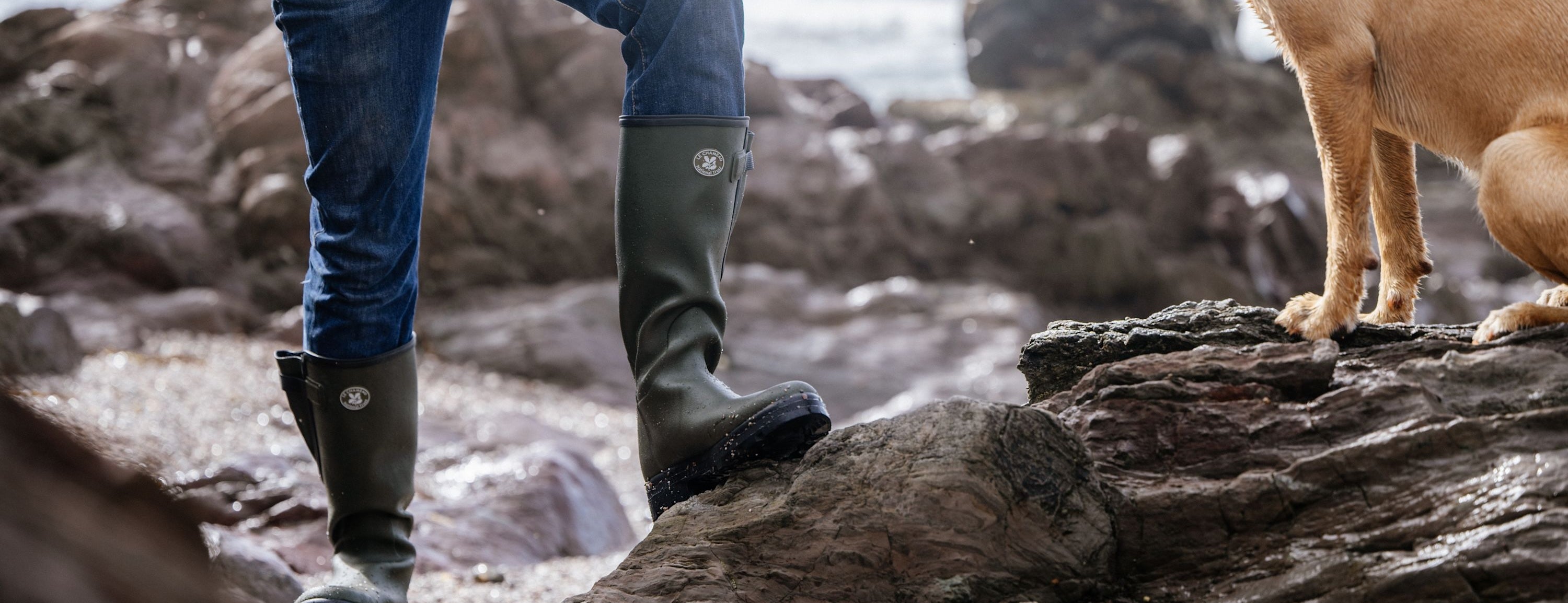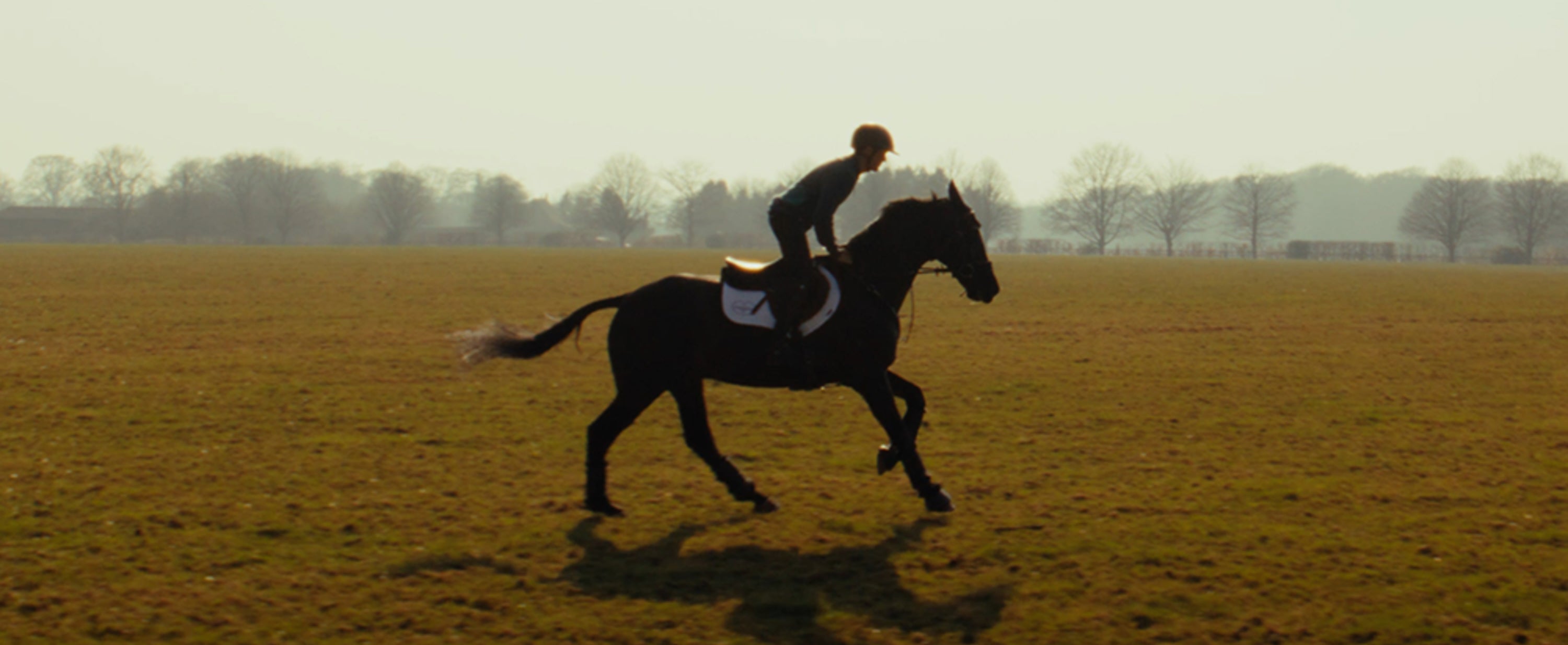
The Ghillie: Life on the Banks of the River Tweed
The Ghillie: Life on the Banks of the River Tweed
Meet Michael Farr, a ghillie of over forty years at Rutherford Estate, located on the banks of the River Tweed in the Scottish Borders. Michael speaks to Le Chameau on his love of being a ghillie, working amongst nature and its elements, and of course, his beloved dogs, Rusty and Mell.
Michael, as we’ll soon discover, is part of a dynasty of ghillies in Scotland. His father, Oliver, was the ghillie on the estate before him, and his brother, Ian, and son, Richard, both work as ghillies on a different stretch of the river. The stretch of river that Michael manages offers around 2.5 miles of double-bank fishing, with easy access and a path that’s never far from the water’s edge.
How did you become a ghillie, Michael?
Looking back, fishing has always been a huge part of our family life. As youngsters, me and my brother, Ian, would go out with our father, Oliver, on the water and help him out. We just enjoyed being outside in the countryside. So, you could say that we both caught the bug early on.
My father, who was the ghillie here on this stretch of the River Tweed, started in 1966, I think it was. He worked until 1993, the year I took over managing the stretch. Before I was a ghillie, I was a gamekeeper, so being outside has always been part of my life. It's not a job for me; it's a way of life.
What are the responsibilities of a ghillie?
It’s all about catching fish, so telling and showing my clients where to catch fish on the river and what tackle to use. I do a lot of boating out on the water, and it's up to my clients what they would like to do. I can teach them how to cast, how to study the water, how to net a fish and everything else in between. Every day my role is varied, managing different clients and their needs.
How important is being a ghillie in relation to sustaining rural heritage?
So, some of us are called ghillies, others are called boatmen. I would class myself as a ghillie. But to answer your question, yes absolutely. I believe the ghillie, and those in similar roles working close to the land and water, is extremely important to our rural heritage; these people are vital to the countryside. It’s important to keep the industry alive.
It's also about sustaining the fishing community. These guys and lasses who come into the Borders area help to sustain the river and ecosystem, bringing their money to the rural community, providing income, employment and management of the land and river.
What is so special about this stretch of the River Tweed?
It's such a bonny sight being here on the river in the Scottish Borders. It’s my home; my work. It's just a big part of my life, I love it. I can’t see myself anywhere else than on the banks of the River Tweed.
How could someone get involved in being a ghillie, Michael?
It’s a funny industry to get into. Firstly, you must love the job to start with, love fishing and being outside. You've got to be able to manage people and different personalities, from those who like to chat or those who like to be quiet on the river.
For youngsters coming into this job, there's not really much training to be done. It's just picking up a boat, going fishing and just learning the trade as you go. I would say look for those who manage your local rivers and estates and get involved in any way you can, it’s great to promote the industry to generations old and new.
I started off as a gardener, then went into gamekeeping, and then fell into being a ghillie, learning from my father. So, I’ve been outside all my life. I think that’s the one really important aspect for this role, being outside and loving it.
Your dogs, do they work alongside you on the river?
Ah, my dogs, they're my pals. The fox red Labrador is called Rusty, and the black Labrador is Mell. They are working dogs, so yes, I spend all day with them, most days of the week. They're just lovely. They are my companions in the field, catching game and they just love being with me. Well, I hope they do!”
Alongside his waders, Michael favours his Le Chameau Chasseur leather lined and in Iconic Green as his choice of Wellington boots when managing his stretch of the River Tweed in Scotland. Find out more about our iconic style of Chasseur boots.
